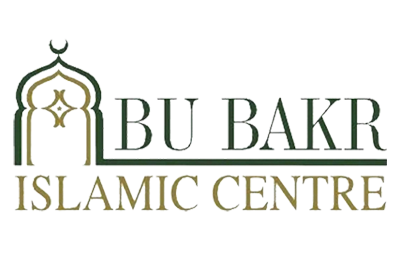What is the Hijab?
The Hijab is Obedience
God, the All-Wise, knows what is best for His creation, and has therefore provided guidance in order to benefit humankind. The wearing of hijab, just like any other act of obedience to The Creator, brings one closer to their Lord and helps bring a sense of satisfaction and contentment to the person wearing it. The Hijab in no way suggests that women are inferior to men.
The Hijab is Modesty
Note that in the above verses, it is men who are addressed first in regards to lowering their gaze and guarding their modesty. This counters the claim that all responsibility for such modesty is shouldered by women.
While Islam discourages public displays of immodest dress and sexual behavior, being a practical religion, Islam encourages love, affection and intimacy between married couples in private.
The Hijab is Protection
The wisdom behind the Hijab is to minimise sexual enticement and moral degradation in society as much as possible for both men and women. The Hijab helps protect men, women and society by creating stability in both families and communities in a number of ways:
- Shields from unwanted advances.
- Shields women from perverted looks and superficial scrutiny.
- May help reduce the likelihood of sexual assaults against women.
- Shields from sexual exploitation of women based on appearance.
- Shields from temptations and harmful desires.
The Hijab is Dignity
Nobel Peace Prize winner, Tawakkul Karman, ‘The mother of Yemen’s revolution,’ when asked about her Hijab by journalists and how it is not proportionate with her level of intellect and education, replied:
“Man in early times was almost naked, and as his intellect evolved he started wearing clothes. What I am today and what I’m wearing represents the highest level of thought and civilization that man has achieved, and is not regressive. It’s the removal of clothes again that is a regression back to the ancient times.”
The Hijab is Respect
Islam however, teaches that a woman is to be respected according to her virtuous character and actions rather than by her looks or physical features, of which she has little or no control. She does not have to use her body and charms to gain recognition or acceptance in society, as the Hijab directs self-worth away from appearance and onto qualities such as piety, virtue, modesty and intellect – attributes which are more equally accessible to all.
Every woman who wears a hijab or burqa is a unique individual, and it is unfair and inaccurate to make a sweeping judgement about all such women based on one item of clothing they have in common.
The Hijab in the Bible
“And every woman who prays or prophesies with her head uncovered dishonors her head.” 1 Corinthians 11:3-6
“I also want women to dress modestly, with decency and propriety, not with braided hair or gold or pearls or expensive clothes, but with good deeds, appropriate for women who profess to worship God.” 1 Timothy 2:9-10
The Hijab is Confidence
The Hijab is NOT…
- It does NOT hinder contribution to society.
- It is NOT a symbol of oppression.
- It is NOT required in places where there are only females and close male relatives.
- It is NOT a sign of female inferiority to men.
- It is NOT a means to restrict a woman’s freedom to express her views and opinions.
- It is NOT a means to restrict women from pursuing an education or a suitable career.
- It is NOT a portable prison.
- It is NOT an act of defiance, confrontation or protest against non-Muslims.
- It is NOT something new – it has been practiced by many righteous women historically.
- It is NOT against community values – community values necessitate that people should not be judged by what they wear, nor discriminated against or mistreated, based on their choice of clothing or appearance.
- It is NOT worn with the intention of being intimidating or anti-social.
What Muslim Women Say About the Hijab
“It’s not about being ready enough to wear it, it’s about being fortunate enough to wear it.” Madina, 22, Melbourne
“Wearing Hijab represents my freedom, my choice, not my oppression by the wants of men and media.” Nusaybah, 45, Melbourne
“I like wearing the hijab because I’m doing it for the sake of Allah, and every time I think about that, it puts a smile on my face.” Aisha, 13, Melbourne
“It allows me to realise my goals by having a career and going to school without worrying about the prying eyes of men. It forces people not to judge me based on my appearance, but on my thoughts and character.” Ms. Flavia, 22, USA
“My body is my business, and I shouldn’t have to defend what I wear to anyone. It is part of my religion, and the fact that I choose to wear it does not make me any less human.” Ms. Yasmin, 21, Australia
Conclusion
The Hijab is an act of obedience between the Muslim woman and her Creator. It is a source of empowerment and dignity, and millions of Muslim women around the world choose to wear the Hijab as part of their faith. Far from being oppressive, the Hijab is an act of liberation, purity and most importantly, belief. Respect for women is an important aspect of Islamic teachings, and this is illustrated via the Hijab.
True equality will occur when women do not need to display themselves to be valued nor defend their decision to keep their bodies to themselves.

